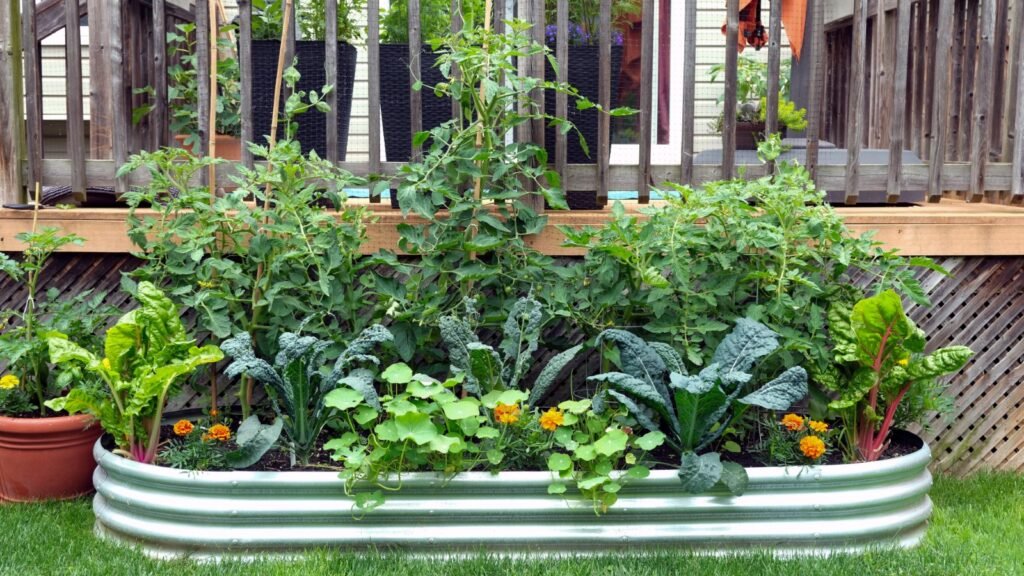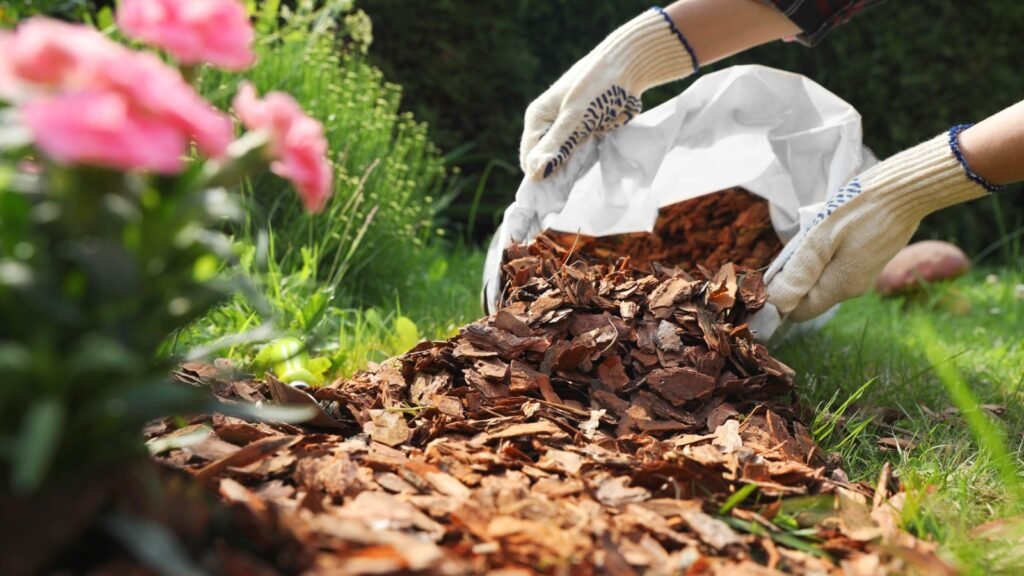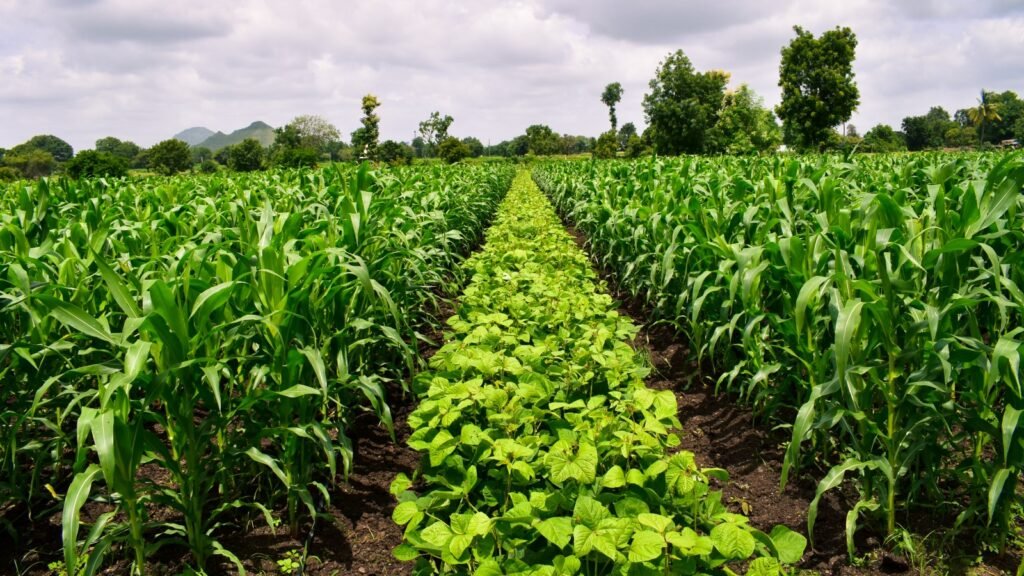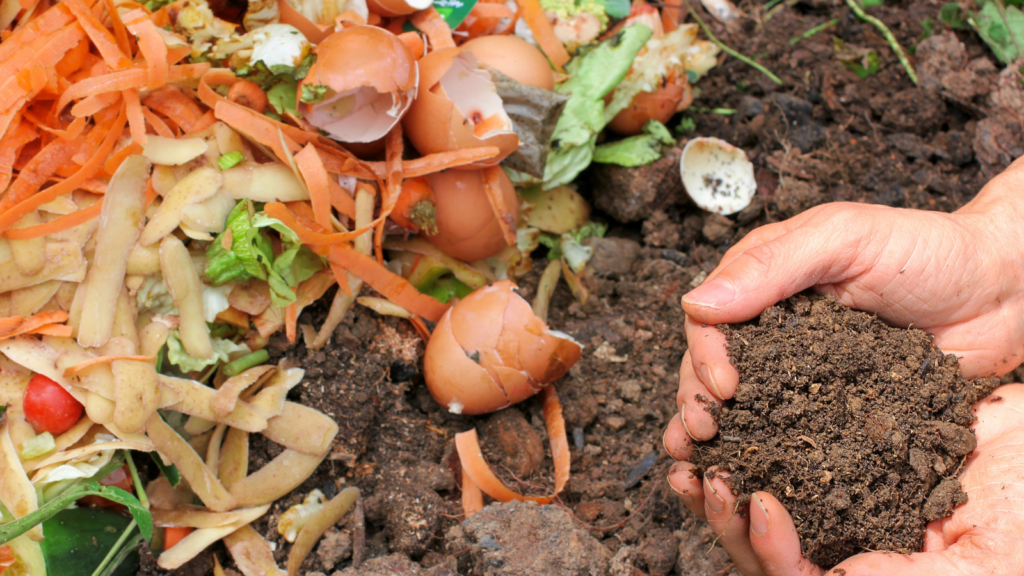Gardening is one of those beautiful arts that connects us to nature and our ancestors. But over time, some truly effective techniques have been left behind in the rush of modern innovations. These forgotten tips are more than just relics of the past—they’re powerful methods that can help you grow bigger, healthier crops with less effort. Whether you’re a seasoned gardener or just starting out, bringing these tips back into practice will revolutionize your harvest.
You don’t need a green thumb to see the benefits of these strategies, just a willingness to try something old to discover something new. Dust off your trowel and prepare to unlock the secrets your great-grandparents might have used in their own gardens!
Use Companion Planting for Natural Pest Control

Companion planting involves growing certain plants together that benefit each other. For example, marigolds repel nematodes, while basil helps keep aphids away from tomatoes. Native American farmers famously used the “Three Sisters” method—corn, beans, and squash grown together—for mutual support and protection. By letting your plants work as a team, you’ll reduce pests naturally and boost productivity.
Embrace Mulching to Conserve Water

Mulching has been a gardener’s secret weapon for centuries. Covering the soil with organic materials like straw, grass clippings, or shredded leaves locks in moisture and prevents evaporation. It also keeps soil temperatures steady and suppresses weeds. The added bonus? As it breaks down, it enriches the soil, giving your plants a natural nutrient boost.
Practice Deep Watering for Stronger Roots

Instead of frequent, shallow watering, try watering deeply but less often. This encourages roots to grow deeper, making plants more drought-resistant and resilient. Traditional farmers knew that a strong root system was key to thriving crops, and this technique is as relevant today as it was centuries ago.
Rotate Crops to Maintain Healthy Soil

Crop rotation has been a staple of farming since ancient times, and it’s just as valuable in a backyard garden. Planting the same crop in the same spot every year depletes soil nutrients and encourages pests to settle in. By rotating crops, you allow the soil to replenish itself while keeping pests on their toes.
Use Kitchen Scraps for Homemade Fertilizer

Before chemical fertilizers existed, gardeners relied on kitchen scraps to feed their soil. Eggshells, coffee grounds, and banana peels are rich in nutrients and can be composted or directly added to the garden. This sustainable practice not only reduces waste but also ensures your plants get the nutrients they need.
Let Certain Plants Go to Seed

Modern gardening often encourages constant harvesting, but letting a few plants bolt or go to seed has long-term benefits. These seeds can be collected and replanted, saving you money and preserving heirloom varieties. Plus, flowering plants like lettuce or cilantro attract pollinators, which help boost your entire garden’s productivity.
Create Natural Borders to Deter Critters

In the past, gardeners would plant thorny bushes, aromatic herbs, or flowers around their gardens to keep pests like rabbits and deer at bay. Lavender and rosemary, for instance, repel many animals with their strong scents. These natural borders are not only effective but also add beauty to your garden space.

